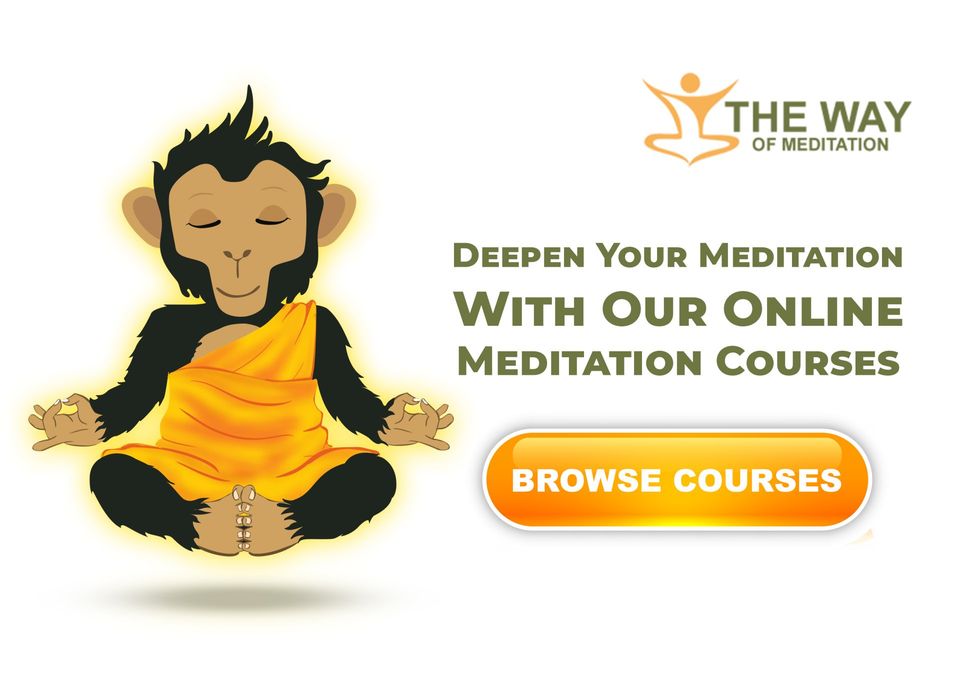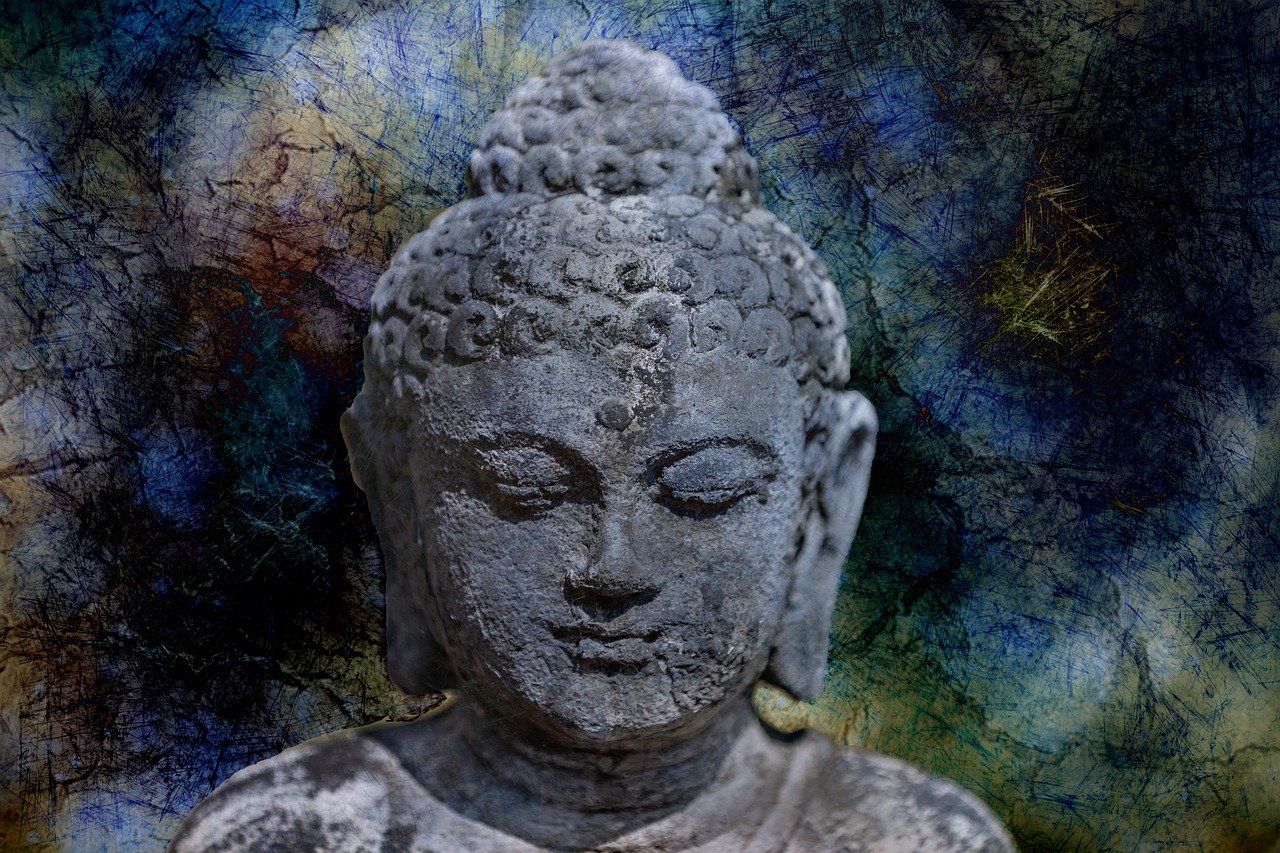The Way of Meditation Blog
Bringing Ancient Wisdom Into The Modern World
Science Proves The Oneness Of Everything
November 11, 2015
Oneness
If a system does not interact with its environment in any way. . . it does not exist in nature. Oneness is a scientific fact.
I will start this article with the definition of an isolated system: implies a system that does not interact with the other systems of its environment in any way. Now I ask: Does an isolated system exist?
An isolated system is based on something that is not found in nature. Curious. Therefore – all scientific exploration has looked at things as isolated systems. For example, we try to separate something and look at it as small, separate parts. . .the cell, the nervous system, the elements of the periodic table, apples, flowers, tables, etc. but this does not exist in nature – not in any system, not in gravitational pull, not in biological functions, not in mechanical engineering, not in sociological systems, etc.
I will start this article with the definition of an isolated system: implies a system that does not interact with the other systems of its environment in any way. Now I ask: Does an isolated system exist?
An isolated system is based on something that is not found in nature. Curious. Therefore – all scientific exploration has looked at things as isolated systems. For example, we try to separate something and look at it as small, separate parts. . .the cell, the nervous system, the elements of the periodic table, apples, flowers, tables, etc. but this does not exist in nature – not in any system, not in gravitational pull, not in biological functions, not in mechanical engineering, not in sociological systems, etc.
In Tibetan Buddhist teachings Oneness is referred to dependent arising. It is the notion that things only exist as referential systems to cause and effect by other things. Or, nothing exists in a closed-system. The Huayan-Zong school established during the Tang dynasty teaches this point as a primary focus of its spiritual theory. The Upanishads and the Vedas spoke of this repeatedly. There are countless other traditions throughout India, Japan, Asia, Korea, China, Australia, Africa, and elsewhere which tell the same story.
I will use geometry to explain this point. Take any shape, for now, we will look at a circle – is this an isolated system? It divides space between inside and outside. In fact, each circle is only another point of information, or energy. Within a circle, there can be smaller circles, and so on – infinitely. So again, it is not an isolated system, because the ‘space’ can always be divided into smaller diameters, or larger diameters, so the outline of the circle is just a temporary description of energy or information.
This is essentially what fractals are – an infinite description of information into smaller and smaller, recurring shapes or definitions of space. But these definitions can be redefined infinitely. There are no isolated systems. This is the premise of holographic physics. All information is present in each part because it is referential to all other parts of the ‘system .’ The system, therefore, is not closed, but infinite.
People are similar. We use our outlines, just like the diameter of a circle to define ourselves, and act as if we are an isolated system, but we are not. We say we don’t have enough food, money, time, energy, etc. but this is pure fallacy, scientifically. If we are infinite, then so are our resources. Our energy is infinite. Our information is infinite. The finite self is an illusion – not just in esoteric or spiritual terms, but in scientific ones.
Space is everywhere – between galaxies, stars, quasars, planets, atoms, in the densest material, there is still space. Buckminster Fuller said, “Nothing touches.” That is how much space there is. Even an atom is made of 99.99999% space. It is the .00001% that we call the ‘real world.’ We call this isolated system reality. We ignore the truth on a daily basis. Matter doesn’t define space. Matter is defined by the space.
I will use geometry to explain this point. Take any shape, for now, we will look at a circle – is this an isolated system? It divides space between inside and outside. In fact, each circle is only another point of information, or energy. Within a circle, there can be smaller circles, and so on – infinitely. So again, it is not an isolated system, because the ‘space’ can always be divided into smaller diameters, or larger diameters, so the outline of the circle is just a temporary description of energy or information.
This is essentially what fractals are – an infinite description of information into smaller and smaller, recurring shapes or definitions of space. But these definitions can be redefined infinitely. There are no isolated systems. This is the premise of holographic physics. All information is present in each part because it is referential to all other parts of the ‘system .’ The system, therefore, is not closed, but infinite.
People are similar. We use our outlines, just like the diameter of a circle to define ourselves, and act as if we are an isolated system, but we are not. We say we don’t have enough food, money, time, energy, etc. but this is pure fallacy, scientifically. If we are infinite, then so are our resources. Our energy is infinite. Our information is infinite. The finite self is an illusion – not just in esoteric or spiritual terms, but in scientific ones.
Space is everywhere – between galaxies, stars, quasars, planets, atoms, in the densest material, there is still space. Buckminster Fuller said, “Nothing touches.” That is how much space there is. Even an atom is made of 99.99999% space. It is the .00001% that we call the ‘real world.’ We call this isolated system reality. We ignore the truth on a daily basis. Matter doesn’t define space. Matter is defined by the space.
The unified field theory, as first proposed by Einstein when he attempted to correct our concepts of a closed system by merging the general theory of relativity and our understanding of electromagnetism, or electromagnetic interaction, the heretofore unknown organizing substance that holds together quarks to form neutrons, protons, and the nuclei of atoms, short range electroactivity, and gravitational interaction on all particles is still a theory because scientists do not understand what organizing substance or principal allows the continuous interaction of all systems. In fact, in most modern physics, gravity is the hardest force to include in the unified field theory because general relativity and quantum mechanics seem to be at odds with each other.
It is in fact, the supposition that these ‘closed systems’ react independently of one another that forms the final conundrum. A TOE or theory of everything has to pull together all known forms of physical matter – to explain what spiritual folks have been asserting – that we are all one. Archimedes and Einstein have attempted the TOE as have surfing scientists in Hawaii and numerous well-credentialed professors at Universities the world over. Plato and Socrates wanted an answer to our unity, as did Galileo.
If one were to read the paṭicca-samuppāda , an important Pali text , one can decide that everything exists or that nothing exists, polar opposites to the truth of the matter – that in relation to one another, there is a middle way. (Yes, the famous middle way that the Buddha spoke of) which ties all phenomenon – physical, mental and otherwise – together. In fact the word loka , which is often translated to mean ‘world’ really means ‘an open place or an open space.’
Space Makes Up 99.99999% of All Things
If we are truly 99.99999% space and the world, or loka is an open space or place, then how are we limited, or a closed system at all? We are an open-system, integrally related, dependent on one another for existence and actuality. Physicists may not yet have nailed down the TOE but there is irrefutable scientific evidence that cannot be ignored. We are all one more than metaphorically, in a lets-all-hold-hands-and-sing-kumbaya way – but physically, mentally and relationally.
It is in fact, the supposition that these ‘closed systems’ react independently of one another that forms the final conundrum. A TOE or theory of everything has to pull together all known forms of physical matter – to explain what spiritual folks have been asserting – that we are all one. Archimedes and Einstein have attempted the TOE as have surfing scientists in Hawaii and numerous well-credentialed professors at Universities the world over. Plato and Socrates wanted an answer to our unity, as did Galileo.
If one were to read the paṭicca-samuppāda , an important Pali text , one can decide that everything exists or that nothing exists, polar opposites to the truth of the matter – that in relation to one another, there is a middle way. (Yes, the famous middle way that the Buddha spoke of) which ties all phenomenon – physical, mental and otherwise – together. In fact the word loka , which is often translated to mean ‘world’ really means ‘an open place or an open space.’
Space Makes Up 99.99999% of All Things
If we are truly 99.99999% space and the world, or loka is an open space or place, then how are we limited, or a closed system at all? We are an open-system, integrally related, dependent on one another for existence and actuality. Physicists may not yet have nailed down the TOE but there is irrefutable scientific evidence that cannot be ignored. We are all one more than metaphorically, in a lets-all-hold-hands-and-sing-kumbaya way – but physically, mentally and relationally.
Written by Christina Sarich
Get A FREE
Guided Meditation Series
with Chad Foreman

In today’s fast-paced world, the mind often races, driven by the demands of work, family, and personal ambitions. Meditation is commonly seen as a practice to calm the mind, foster inner peace, and connect with deeper aspects of existence. Yet, one crucial element often overlooked is the state of the body, particularly the nervous system. Relaxing the nervous system isn’t just a preparatory step; it is foundational for unlocking the deeper states of awareness and tranquility that meditation promises. Drawing insights from my journey and teachings, we will explore why this is so vital and how it transforms the meditative experience.











